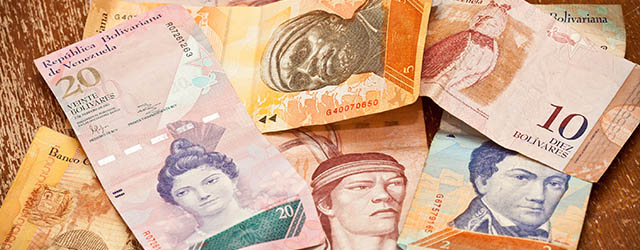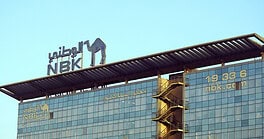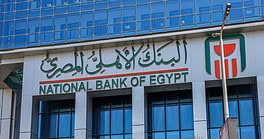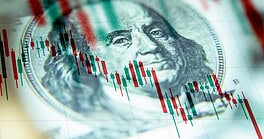Milestones | Venezuela

Venezuela‘s introduction of a marginal free-floating currency system that will freely trade the US dollar and the bolivar seems unlikely to enlarge the country’s foreign exchange reserves or stem its growing external debt.
The regime—called the Marginal Currency System, or Simadi—will form part of a parallel market alongside the two major fixed rates, with the dollar set at 6.3 bolivars for food and medicine and at 12 bolivars for luxury goods. On the black market, however, the dollar trades at roughly 180 bolivars.
“The launch of this third forex market has the potential to give the system some flexibility and the capacity for a more efficient allocation of resources,” Barclays stated in a research note. “However, the initial proportion of the forex supply that the government seems willing to move to this market strikes us as too small to have a meaningful impact.”
The bank’s comments echoed those made by other analysts. “Whatever was announced does not really change our view of a possible debt exchange under distressed conditions, which in our view would be considered a default,” says Roberto Sifon-Arevalo, managing director, lead analytical manager, sovereigns and public finance ratings, for Latin America at Standard & Poor’s.
The impact of the free-floating currency exchange system on Venezuela’s foreign exchange reserves, which currently stand at around $22 billion, is likely to be minimal, leaving the country to handle an external financing gap, which is expected to rise to 125% of current-account receipts for the end of 2015—up from 104% in 2014 and 83% in 2010. For Standard and Poor’s, which downgraded Venezuela’s long-term credit rating to CCC in mid-February and estimated its GDP would decline by as much as 7% with inflation rates close to 100%, the country has a 50/50 chance of default by 2016.
With the price of oil still under $50 a barrel, the main source (more than 90%) of the country’s FX reserves keeps declining, “and the probability that Venezuela may announce a debt restructuring is increasing,” says Sifon-Arevalo, adding that it could be announced at any moment.



